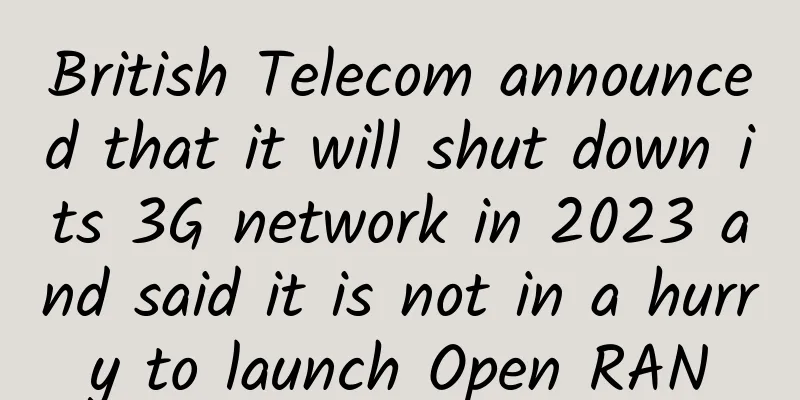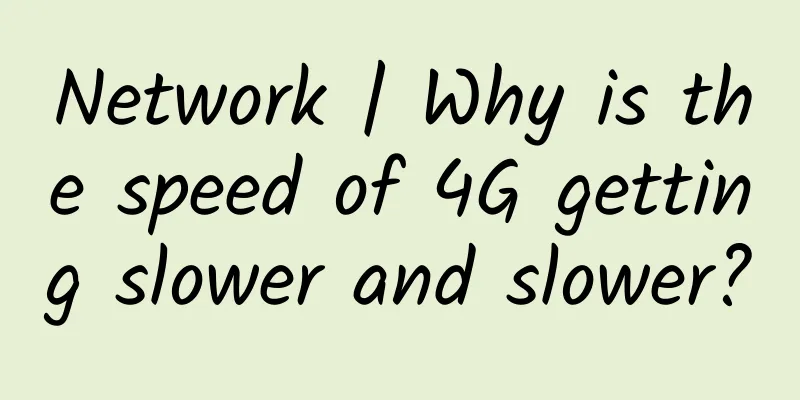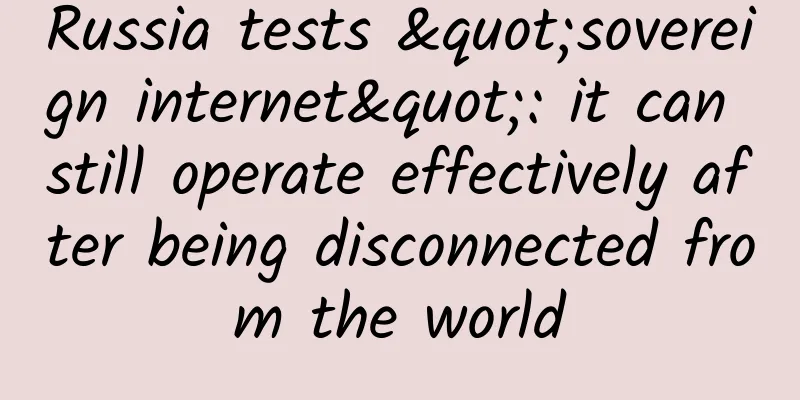British Telecom announced that it will shut down its 3G network in 2023 and said it is not in a hurry to launch Open RAN

|
According to foreign media reports, British Telecom (BT) has just released what it calls the most ambitious and complete network vision plan in the UK's history. The operator has pledged to achieve 5G network coverage across the UK by 2028 and expand network convergence. At the same time, BT revealed its 2G and 3G network shutdown and Open RAN implementation plan. At the company's Network Vision event, Marc Allera, chief executive of BT's consumer business, said its EE mobile network must match the group's recent commitments on fixed infrastructure and fibre at a time when demand for mobile network capacity is growing by 40% a year.
Marc Allera said that EE's goal is to achieve nationwide 5G network connectivity in the UK by 2028 and complete "the UK's only fully converged network" in the mid-2020s, achieving full integration of fiber optic, WiFi and mobile networks, also known as "smart network". On the 5G front, Marc Allera explained that by 2028, EE’s macro network will cover more than 90% of the UK, and everywhere beyond that will be supported by “on-request 5G solutions”, ensuring connectivity in challenging terrain, remote locations and at festivals. The company plans to deploy recently acquired 700MHz 5G spectrum across "most of its sites", providing stronger indoor and wider network coverage. In the short term, BT aims to achieve 50% 5G coverage for the UK population by early 2023. Marc Allera added that EE was “getting closer” to achieving national coverage, having recently struck a deal with OneWeb to “provide connectivity to the most challenging parts of the UK” by exploring the use of aerial and space technologies, including drones, satellites and high-altitude platforms. “Ultimately, we hope it will make on-demand connectivity as easy for customers as ordering an Uber or topping up their data plan,” he said. At the same time, BT will vigorously promote the deployment of 4G construction, and plans to expand the coverage of 4G signals by 4,500 square miles, achieving network coverage in more than 90% of the UK by 2025. The company will also use this investment to support the government's emergency service network. No rush for Open RANBT Networks Chief Technology Officer Howard Watson presented the company's progress in replacing high-risk vendor equipment in its network, with the goal of removing Huawei equipment from its 5G infrastructure by 2027. Howard Watson said that in the context of the COVID-19 pandemic, "making progress in this regard is challenging", but the company has begun site replacement in multiple cities, and now BT will accelerate progress in this regard because most of the logistical planning has been completed. Howard Watson said that with the removal of Huawei equipment, Open RAN "will play a role in the diversification of our network supply chain in the future." But he added that the proportion and maturity of technology are particularly important when providing services, so he does not expect Open RAN to play a "more critical and important role" in BT's network until after 2025. Asked whether this timeline would put the company at a competitive disadvantage, Howard Watson acknowledged that at least "one operator has the ambition to do this earlier (i.e. achieve Open RAN scale deployment earlier)", but that it was vital for EE to replace Huawei equipment and that was the focus now. “I don’t think we’re going to miss out on any functionality. By taking a little longer, it will allow us to see the technology mature,” he said. Shut down 2G and 3G networksMarc Allera added that as EE moves into the 5G era, "it's time to say goodbye to our traditional 2G and 3G networks". EE pointed out that network traffic on 2G and 3G networks continues to decline, and said that the company is the first operator in the UK to set a time frame of 2023 to terminate 3G services. BT's 2G network faces the same fate, but it did not give a specific shutdown time, only saying it would be "after 2025". “By retiring these networks, we will be able to reduce overall network complexity while freeing up resources, which we can then repurpose for 4G and 5G,” said Marc Allera. |
Recommend
Vietnam's three major operators reach 5G RAN equipment sharing agreement
[[404902]] Vietnam’s three largest operators, Vie...
The countdown to global 5G commercialization begins: an overview of the industrial landscape of various countries
In 2017, the global 5G mobile communications era ...
80VPS: Hong Kong dedicated server 100M bandwidth 450 yuan/month, US CN2 server 350 yuan/month
80VPS is promoting some independent servers. For ...
Four tips for network capacity planning and configuration
When designing an enterprise network, there is a ...
The era of 5G, cloud computing and virtual business practices
In 2022, virtual enterprises can achieve digital ...
2019 6th World Internet Conference: Inspur releases iGIX enterprise digital capability platform
[51CTO.com original article] From October 20 to 2...
IDC: Global Telecommunications Market Size to Reach USD 1.53 Trillion in 2020
On May 13, according to IDC's Global Semi-ann...
Super detailed! Introduction to Ethernet switch security features
Today I will talk to you about the security funct...
Network Quality of Service (QoS) Technology
1. Introduction Branches of the national financia...
XSX: $47.9/year-1GB/20GB/600GB/100-500Mbps/Japan & Singapore & Hong Kong CN2 optional
XSX is the original PZEA renamed. The merchant ha...
Foreign media: Germany may completely shut down 3G network in 2022
Deutsche Telekom has become the third major opera...
What exactly is the “computing power network”?
What is a “computing network”? Let’s get straight...
China Unicom will gradually withdraw 2G network users and allow them to change their cards for free
2G will become history, users can change cards fo...
Most enterprise networks cannot handle big data loads
Enterprise IT can't keep up with the growing ...
Use wireshark to analyze tcpdump network data packets to quickly troubleshoot and solve the frequent abnormal TCP connection disconnection problem of OceanBase in a certain environment
1. Problem phenomenon A customer reported that in...









